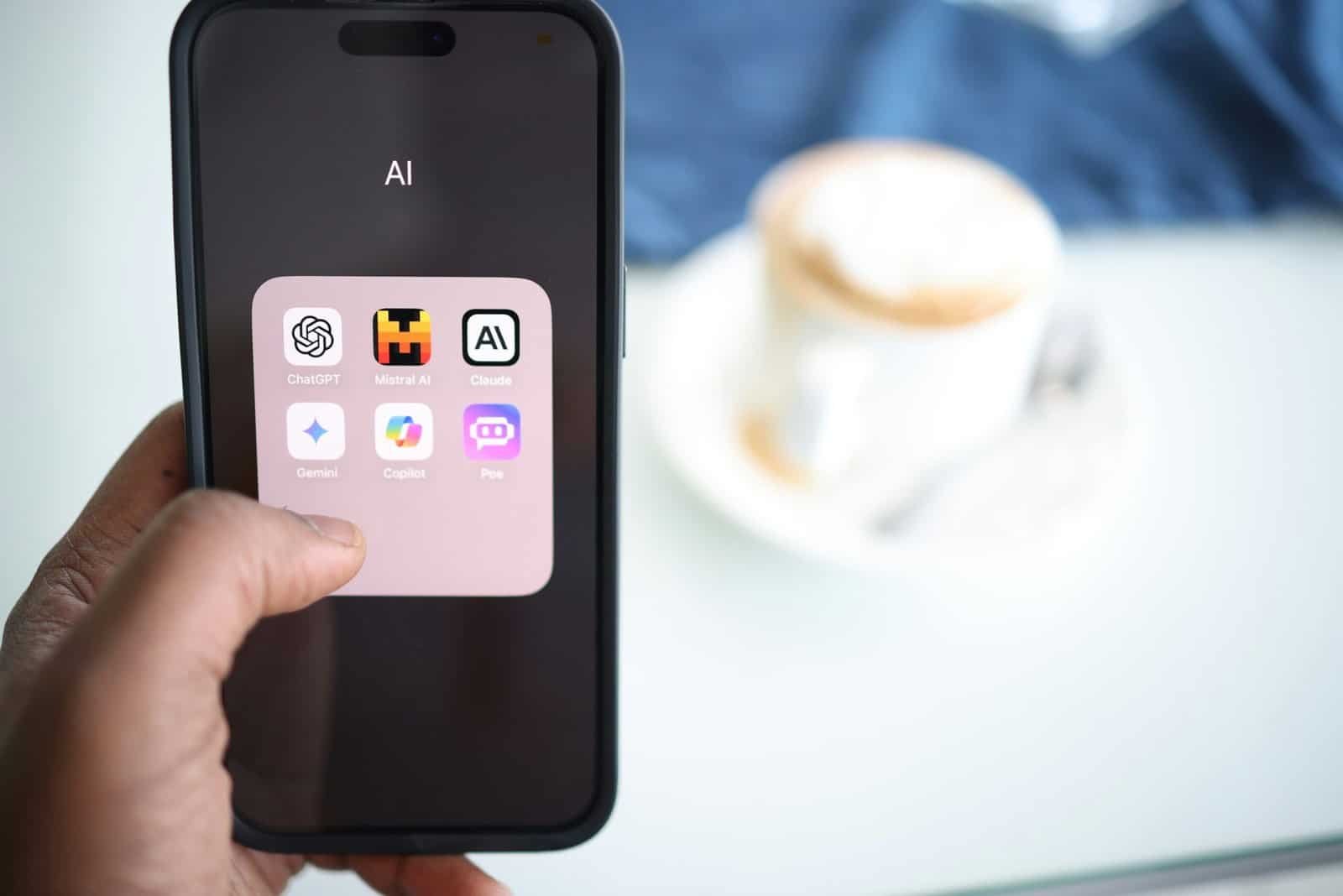Have you ever wondered how the conversational bots on your devices converse so smoothly, almost like they’re genuinely listening and responding with intent? This seemingly magical capability is the hard-earned result of the efforts of an AI chatbot trainer. AI chatbots have become an integral part of daily life, assisting us with tasks ranging from setting reminders to answering complex queries. But how do these chatbots become so adept at understanding and interacting within the human-aligned communication spectrum?
What is an AI Chatbot Trainer?
An AI Chatbot Trainer is an individual or a team responsible for teaching chatbots how to understand and respond like humans. It involves guiding artificial intelligence in recognizing the nuances of human language, including colloquialisms, sarcasm, and emotional undertones. The role involves a blend of data science, linguistics, and programming to ensure that chatbots perform seamlessly while adapting to new conversation patterns.
Understanding the Role
The role is multi-dimensional, requiring not only technical skills but also a deep understanding of human communication. The trainers are like language teachers for machines, tweaking algorithms and supplying data that simulate real-life conversations. They teach chatbots how to:
- Process language inputs
- Interpret user intent
- Generate appropriate responses
Why is This Important?
Without skilled trainers, chatbots would falter and frustrate more than they help. The end goal is to craft a smooth user experience where humans feel heard and understood. This is vital in customer service where a misinterpretation could lead to dissatisfaction or lost sales.
Steps in AI Chatbot Training
Training an AI chatbot is intricate, requiring a systematic approach to build a capable and responsive assistant. Here’s how the process typically unfolds:
Data Collection and Preparation
At the outset, the trainer gathers extensive datasets that represent the language patterns relevant to the chatbot’s intended application. This data could include text messages, recorded phone calls, or transcripts of customer service interactions. Careful curation is crucial to ensure that data is relevant and comprehensive.
The Art of Curating Data
Curating the right data is akin to selecting the choicest fruits for a complex recipe. Less isn’t more here; diversity and accuracy matter. From slang to formal exchanges, trainers curate data securing every language style.
Preprocessing the Data
Once collected, the data undergoes preprocessing. This involves cleaning, filtering, and sometimes anonymizing the data, ridding it of anything irrelevant or incorrectly formatted. Preprocessing makes the data ready for the complex machine learning algorithms that form the chatbot’s backbone.
Model Selection and Training
Next, a suitable machine learning model is selected based on the specific needs of the task. Trainers might choose from a variety of models, such as neural networks or transformer models like GPT. The model is then fed the preprocessed data and begins “learning” the patterns of conversation.
Different Models with Different Needs
While choosing the model, the specific aim and complexity of the bot will guide the decision. Simple tasks might require simpler models while more sophisticated tasks can benefit from advanced ones like GPT or BERT.
Evaluation and Iteration
Evaluation is a critical phase, where trainers test the model to ensure it processes language effectively and responds appropriately. They evaluate performance by using metrics such as precision, recall, and F1-score. Feedback loops are structured loops where trainers continuously refine the chatbot, incorporating user feedback to enhance its conversational capabilities.
Keeping the Loop Running
Model evaluation is not a one-time task—it’s ongoing. Chatbots, like wine, improve over time with careful nurturing. Trainers take insights from real interactions, refining bots continuously to enhance accuracy and minimize errors.

Skills Required to Be an AI Chatbot Trainer
Being an AI Chatbot Trainer demands a unique skill set. It’s not merely about knowing data science or linguistics; it’s about blending these domains seamlessly to improve conversation AI.
Technical Prowess
A profound understanding of programming languages, such as Python and R, and familiarity with libraries like TensorFlow or PyTorch is essential. Knowledge of machine learning principles is fundamental, as setting up algorithms and testing them is part and parcel of the day-to-day tasks.
Linguistic Insight
Knowledge of linguistic principles helps trainers understand language nuances, syntax, and semantics—key elements in programming chatbots to understand language structures. Trainers use this skill set to fine-tune language models and achieve natural-sounding dialogue.
Problem-Solving Skills
Problems will arise and addressing them involves critical thinking and creativity. From bugs in code to bizarre conversational outputs, trainers must solve problems promptly and efficiently.
Communication and Collaboration
Collaboration is often an essential component of chatbot training. Trainers work closely with developers, UX designers, and data scientists. Effective communication ensures that everyone is aligned in achieving a highly functional chatbot.
Challenges Faced by AI Chatbot Trainers
Like any advanced technology, training chatbots is rife with challenges. Here are a few roadblocks trainers routinely contend with:
Understanding Complex Human Language
Standard conversational scripts are one thing, but sarcasm, idioms, and emotions present considerable hurdles. Teaching a bot to understand “Can you believe this weather?” as a negative statement based on context or intonation is no easy feat.
Handling Large Volumes of Data
An overwhelming flood of data can lead trainers into a labyrinth of information filtering. Selecting the right data set that truly represents the dynamics of potential conversations is challenging, yet crucial.
Bias in Data
Bias is a notorious issue in AI, and without careful data curation, chatbots might learn and replicate inappropriate biases. Diversity and neutrality in data selection are crucial to train unbiased AI.
Ensuring Privacy and Security
Handling personally identifiable information (PII) during data collection raises privacy concerns. Trainers need to be adept in anonymizing data and ensuring that the chatbot complies with privacy regulations.

The Evolving Future of AI Chatbot Trainers
The landscape of AI chatbot training continues to evolve as technology advances. What the future holds promises even more integration of AI into our digital communications.
Greater Personalization
As machine learning models grow more sophisticated, chatbots will evolve in accuracy and the ability to personalize interactions. Trainers will play a key role in designing bots that can dapple into user-specific nuances, providing personalized experiences based on history and preferences.
Leveraging Emotional Intelligence
Emotional intelligence will not just remain a human domain forever. Future chatbots might be trained to detect emotional cues like voice tone and body language, responding with empathy and encouragement.
Seamless Multilingual Conversions
As the global business landscape expands, chatbots will likely bridge language gaps, enabling smoother multilingual interactions. Trainers will prepare chatbots with enhanced capabilities to switch between languages in real time, breaking down barriers.
The Human Touch in AI Chatbot Training
While it can seem like an AI-dominant field, human intuition and adaptability are irreplaceable in chatbot training. The sweet paradox is that human expertise is essential to fashion tools designed to imitate human characteristics. This journey makes AI chatbot training not just a technical exercise but a human endeavor—a soup that blends software engineering with human psychology.

Conclusion
Being an AI Chatbot Trainer is far from a mechanical routine; it’s an edifying journey into understanding human nature better by teaching machines to mimic us. It’s about capturing the essence of how we communicate and feeding this into algorithms to birth interactive technologies. Remember, next time a chatbot assists you smoothly, know there was a meticulous team working hard behind the curtains to make that interaction as fluid as chatting with a friend. This thrilling field assures immense opportunities for creativity, problem-solving, and bridging essential interactions with technology—one chat at a time.
